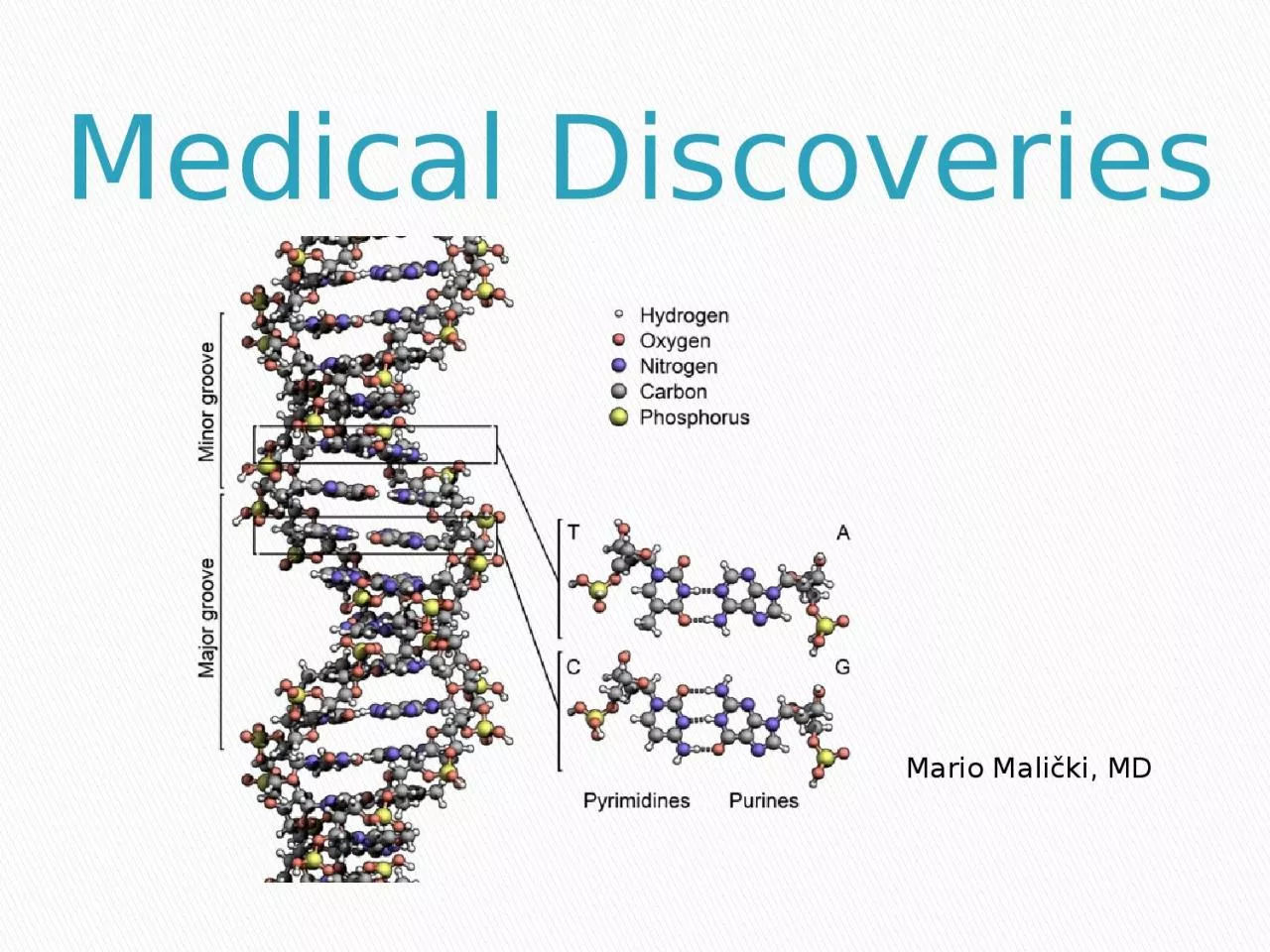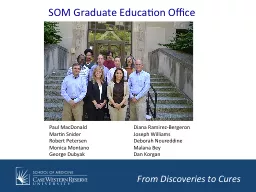PPT-Medical Discoveries Mario Malički,
Author : margaret | Published Date : 2024-02-03
MD 2600 BC Imhotep describes 200 illnesses 420 BC Hippocrates Oath 1249 Glasses to correct eye vision 1736 Operation of appendix 1796 Vaccination against smallpox
Presentation Embed Code
Download Presentation
Download Presentation The PPT/PDF document "Medical Discoveries Mario Malički," is the property of its rightful owner. Permission is granted to download and print the materials on this website for personal, non-commercial use only, and to display it on your personal computer provided you do not modify the materials and that you retain all copyright notices contained in the materials. By downloading content from our website, you accept the terms of this agreement.
Medical Discoveries Mario Malički,: Transcript
Download Rules Of Document
"Medical Discoveries Mario Malički,"The content belongs to its owner. You may download and print it for personal use, without modification, and keep all copyright notices. By downloading, you agree to these terms.
Related Documents














